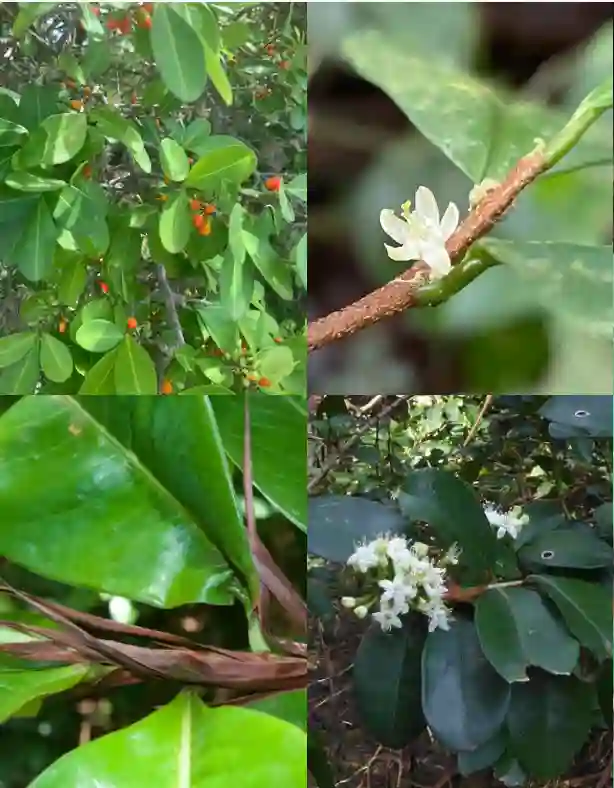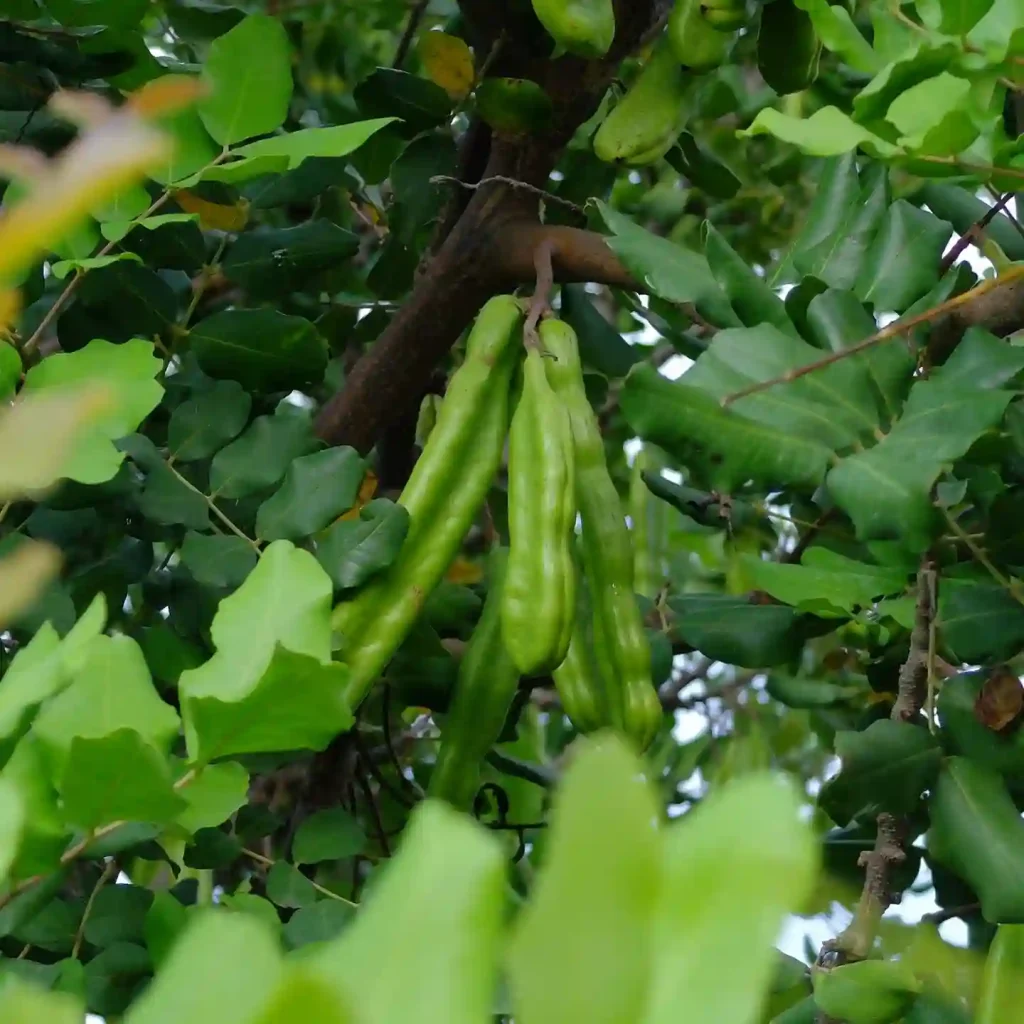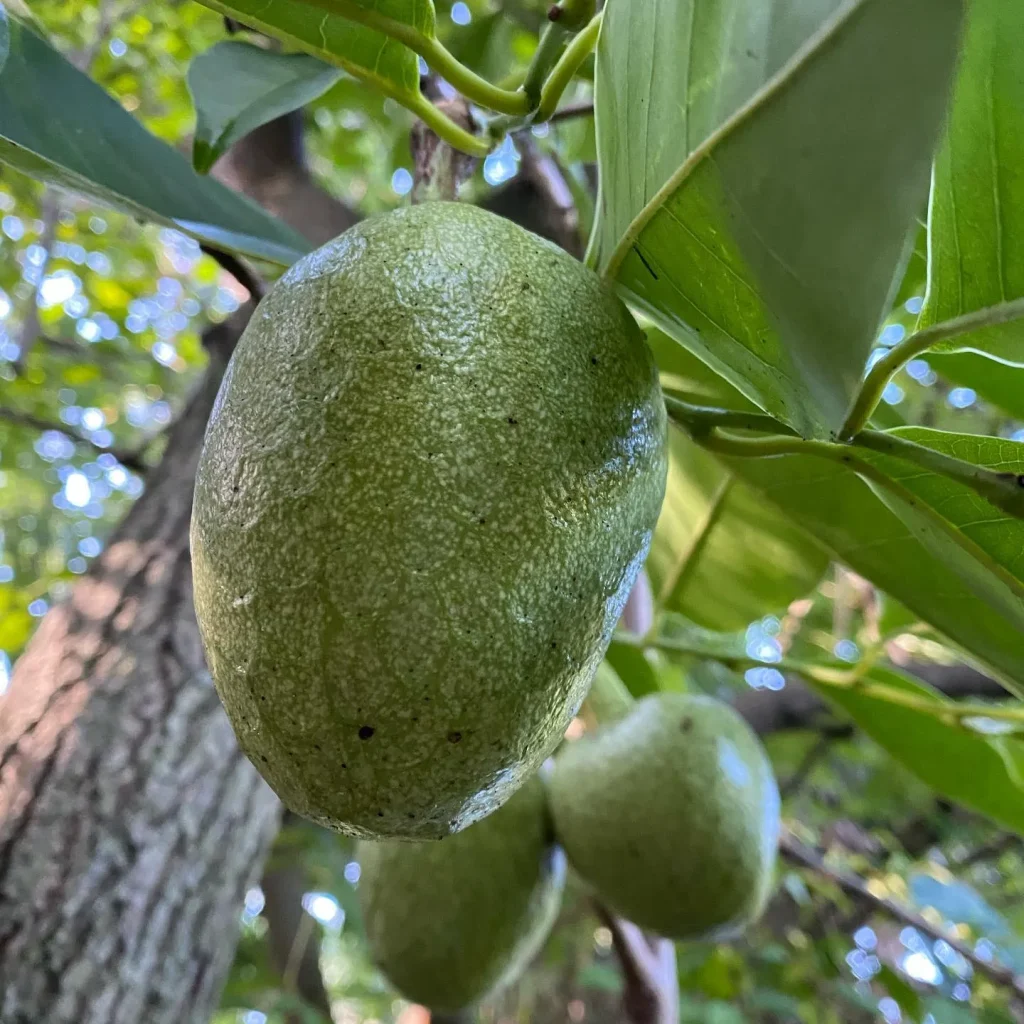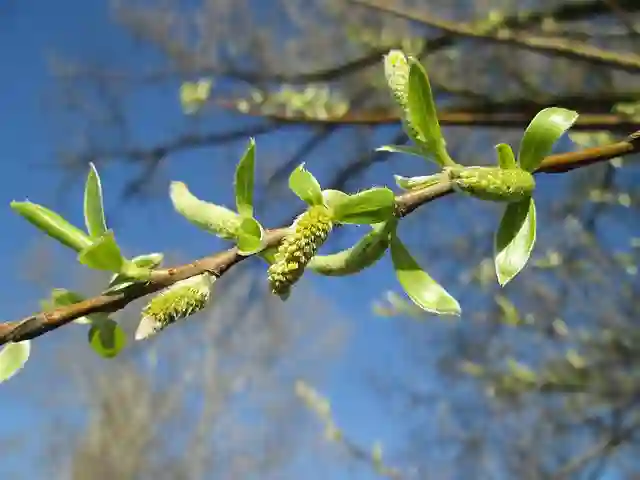FAQs About Aglaonema Gemini: My Personal Insights
I’ve been growing Aglaonema Gemini for a while now, and it’s become one of my favorite plants. Its striking foliage and low-maintenance nature make it an excellent choice for both seasoned plant enthusiasts and beginners. Here’s a comprehensive look at some frequently asked questions about Aglaonema Gemini, drawing from my own experiences and observations.
26 Species in Genus Aglaonema
What Is Aglaonema Gemini?
Aglaonema Gemini is a beautiful indoor plant known for its elegant appearance. It features dark green leaves with striking silver patterns, which give it a sophisticated look. The plant belongs to the Aglaonema genus, a group of tropical plants celebrated for their easy care and attractive foliage. Gemini is particularly noted for its robust nature and adaptability to various indoor conditions.
How to Care for Aglaonema Gemini?
Caring for Aglaonema Gemini is relatively straightforward, making it an ideal plant for those new to indoor gardening. Here are some key tips:
- Light Requirements: Aglaonema Gemini thrives in low to medium light. While it can tolerate lower light conditions, it will grow more vigorously in bright, indirect light. Direct sunlight can scorch its leaves, so it’s best to avoid placing it in direct sun.
- Watering: I find that letting the top inch of soil dry out between waterings works best. Overwatering can lead to root rot, so ensure the pot has good drainage. During the winter months, reduce watering as the plant’s growth slows down.
- Humidity and Temperature: This plant prefers a humid environment, but it can adapt to average indoor humidity levels. It enjoys temperatures between 65-80°F (18-27°C). Avoid exposing it to drafts or sudden temperature changes.
- Soil: Use a well-draining potting mix. A mix designed for houseplants or a blend of peat, perlite, and pine bark works well.
How to Propagate Aglaonema Gemini?
Propagating Aglaonema Gemini is an enjoyable process. Here’s how I do it:
- Cuttings: Take stem cuttings with at least one leaf and a node. Make sure to use a clean, sharp knife to prevent infection. Place the cuttings in water or a moist potting mix. Roots typically form within a few weeks.
- Division: If your plant is becoming overcrowded, you can divide it. Gently remove the plant from its pot and separate the root clumps. Re-pot each section into new pots.
What to Plant With Aglaonema Gemini?
Aglaonema Gemini pairs well with various other houseplants. Here are some companions I’ve had success with:
- Pothos: Its trailing vines complement the upright growth of Aglaonema Gemini.
- Spider Plant: This plant’s arching leaves provide a nice contrast to Gemini’s structured foliage.
- Snake Plant: Both are low-maintenance and have contrasting leaf shapes, creating an interesting display.
How to Use Aglaonema Gemini in Interior Design?
Aglaonema Gemini’s striking foliage makes it a fantastic choice for enhancing indoor spaces. Here are a few ideas based on my own experience:
- Accent Piece: Place it in a decorative pot and use it as a focal point in a room.
- Desk Plant: Its manageable size makes it perfect for desks or small tables.
- Plant Pairing: Combine it with other plants in a grouping for a lush, green corner.
Is Aglaonema Gemini Toxic?
Aglaonema Gemini is toxic if ingested. It contains calcium oxalate crystals, which can cause irritation to the mouth and stomach. It’s best to keep it out of reach of pets and small children. If ingestion occurs, contact a medical professional or veterinarian immediately.
Common Problems and Solutions
While Aglaonema Gemini is relatively hardy, it can encounter a few issues. Here’s how to address them:
- Yellow Leaves: Often a sign of overwatering. Allow the soil to dry out and ensure good drainage.
- Brown Leaf Tips: Typically indicates low humidity or underwatering. Increase humidity or adjust your watering routine.
- Pests: Keep an eye out for common pests like spider mites or mealybugs. Treat infestations with insecticidal soap or neem oil.
Conclusion
Aglaonema Gemini is a fantastic addition to any indoor garden, thanks to its elegant appearance and ease of care. Whether you’re a seasoned plant lover or just starting out, this plant offers beauty and simplicity. From its low light requirements to its straightforward propagation methods, Gemini makes a reliable and attractive choice for indoor greenery. By following these tips and sharing my personal experiences, I hope you’ll find success with your own Aglaonema Gemini.
If i die, water my plants!



